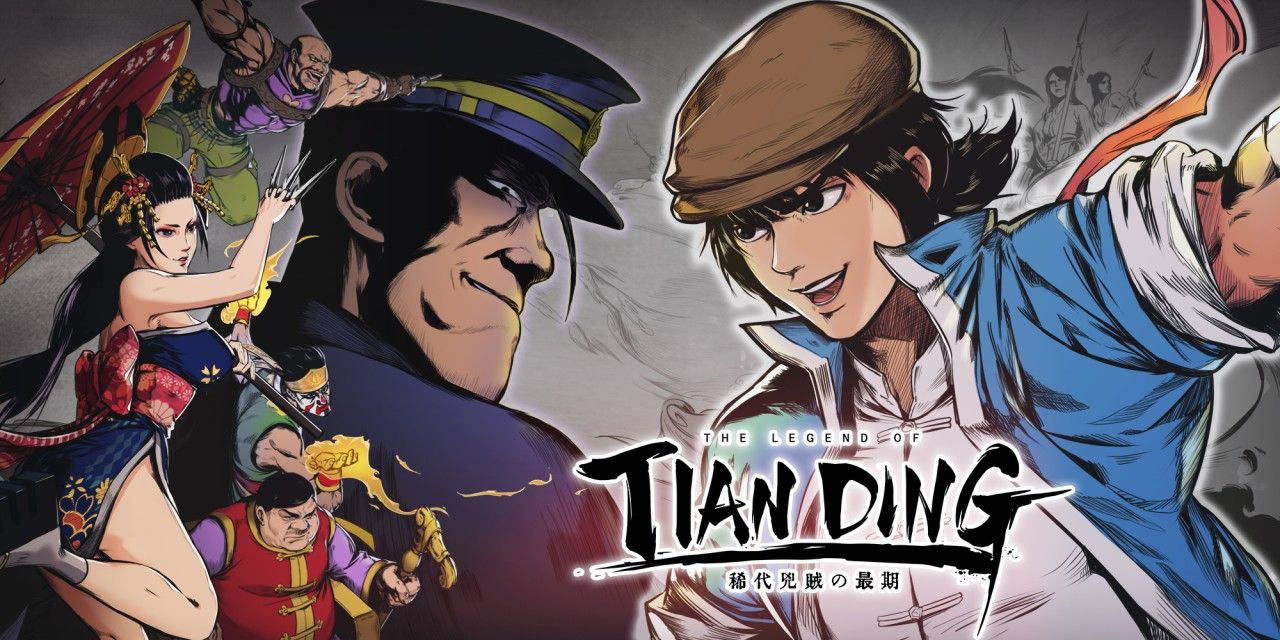The Legend of Tianding
Developer: CGCG
Publisher: Neon Doctrine
Platforms: PC (Reviewed), Switch
Release Date: 1 November 2021
Price: US$19.99 – Available Here
Overview
The Legend of Tianding is an action-platformer game with some RPG elements. Produced in a joint effort between Taiwanese indie developer CGCG and publisher Neon Doctrine, The Legend of Tianding is CGCG’s first released game. As a Taiwan-based indie developer, CGCG’s mission is to create games, especially action-oriented ones, that use Taiwan’s history and folktales as a background. Looking at the selection of indie titles we have nowadays, we can certainly say that we have some variety in regards to games based on less represented cultures. The first game I experienced from a Taiwanese developer was a story-driven horror game called Detention. That game used the same basic premise as Tianding; it was based on a real-life historical period of Taiwan. Detention’s art and solid writing, not to mention that it was navigable with little clunkiness, kept me intrigued until I saw the credits roll. It was certainly an educational experience as I knew absolutely nothing about Taiwan back then; Detention opened my eyes and made me even more receptive to new cultures and ideas in general. Coincidentally or not, The Legend of Tianding has the same solid foundation. Different from Detention, the focus of Tianding is less on its writing and more on the quality of its action, playability, and presentation.
Story
The story takes place in the city of Taipei, more specifically, an area called “Dadaocheng”. After a short absence from Dadaocheng, Tianding returns once more to help the people of Taiwan. This time, he will have to deal with much more dangerous situations. Besides helping the poor, he will also assist a local rebel group and will also try to unveil the mystery around a certain legendary treasure. The Legend of Tianding uses the 1895 Japanese invasion and occupation of Taiwan as a background. The game takes place in 1909 and tells the folktale of Liao Tian Ding -The Taiwanese “Robin Hood”- along with some of Taiwan’s cultural nuances. Liao Tian Ding was known for fighting the Japanese Imperial Army occupation in his own way: by stealing from the rich and giving back to the poor.
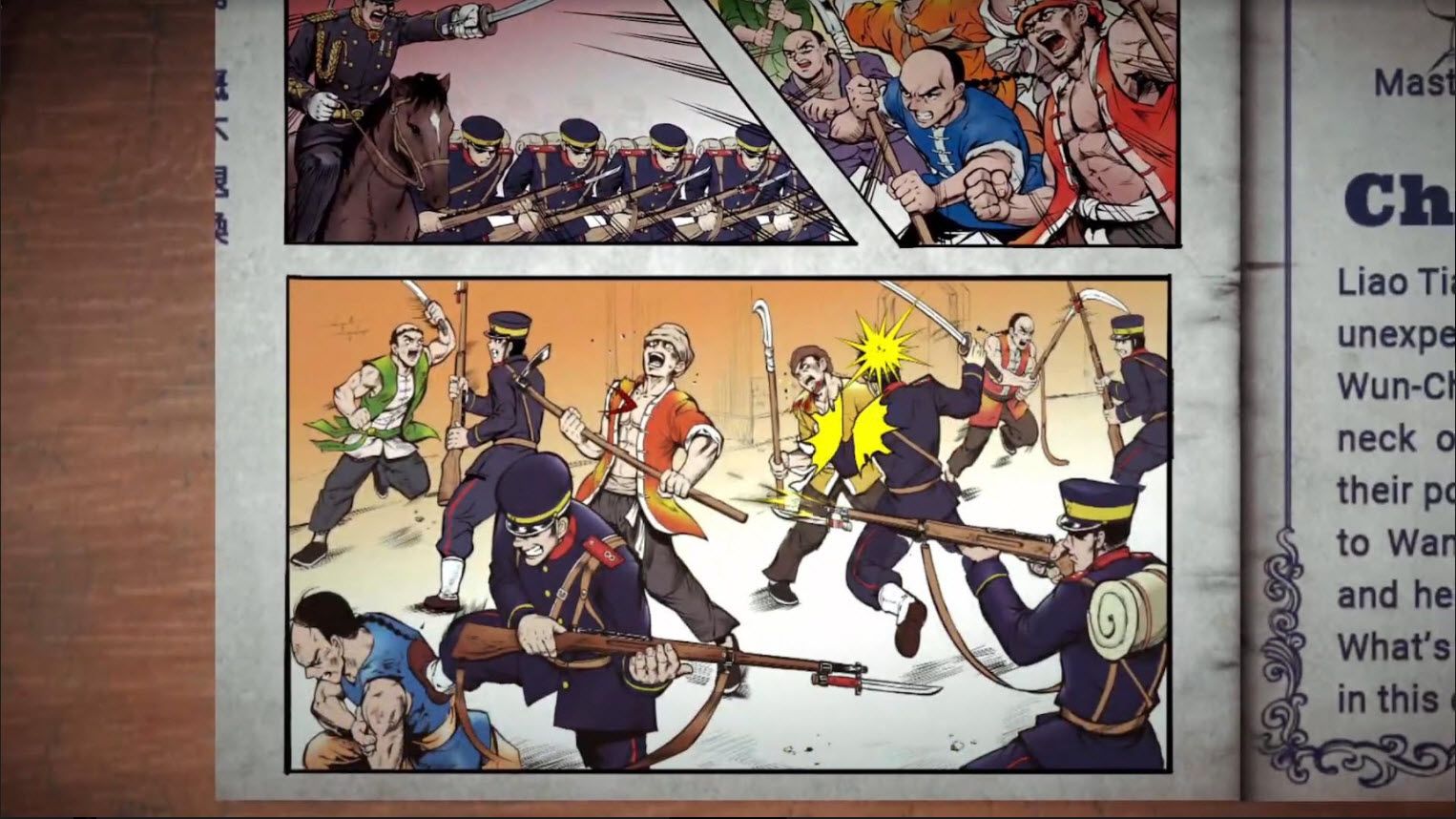
The game’s story is told using in-game dialogues and, more notably, in the form of a neat Chinese manga featuring beautiful art. While in “Chinese-manga mode”, sometimes the frames will shake or have “speed lines” and “focus lines” -techniques used in manga creation- to simulate movement; this helps give more exposition and dynamism to the story and characters. The story in itself is presented as you’d find in a Japanese shonen manga. That means it’s very focused on the action part and also riddled with clichés. There are also some inconsistencies in the English translation, such as typos and weirdly structured sentences; it doesn’t get in the way much. All in all, the story is told in a fun and charming way.
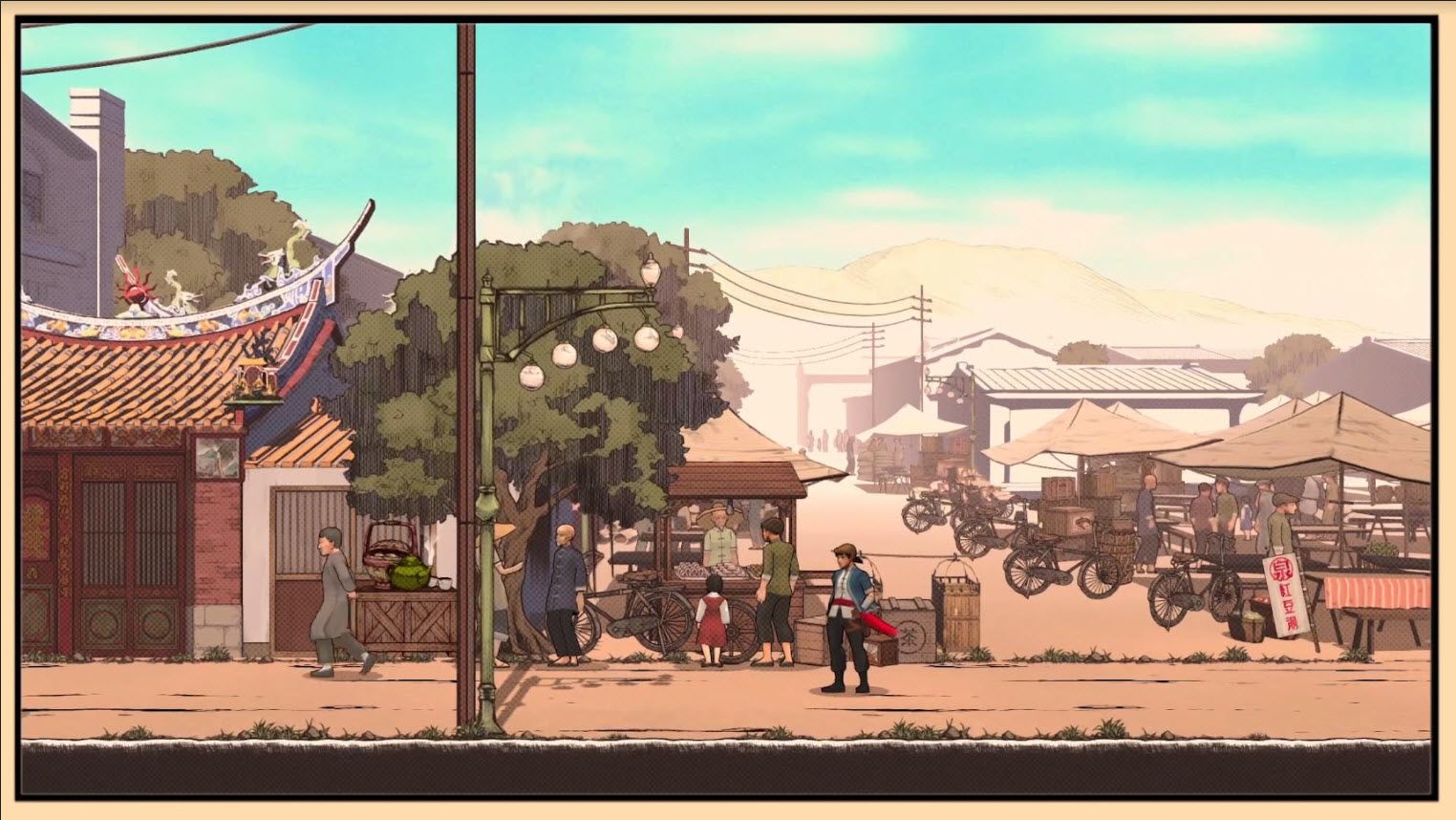
Gameplay
The Legend of Tianding is at its core, a side scroller, action-platformer game. There are also some RPG elements, something that seems mandatory in most modern action games nowadays. The player is able to explore Dadaocheng, talk with citizens and collect hidden artifacts that are also acquirable by donating money to the poor. These artifacts not only grant stats bonuses or abilities, but they are also literal pieces of history that you can collect: these include newspapers, first aid kits that were sold by the Japanese, bottles of alcoholic beverages, etc. There are more than a hundred of those, each with their own description which adds a lot of context to the time period that the game takes place in. Sometimes, the player will also need to do a little fetch-questing to advance the story, but those are just a minor annoyance.
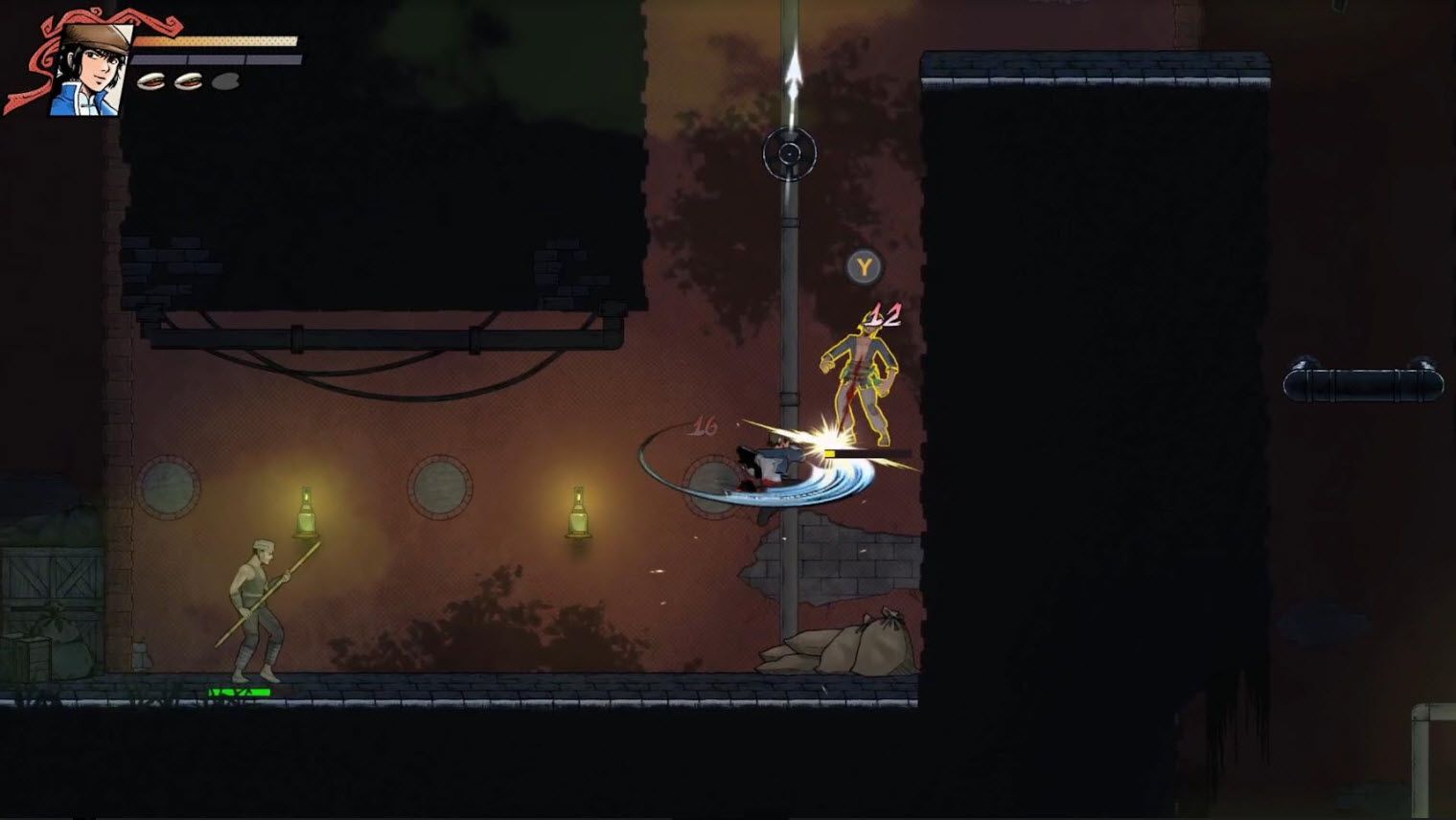
After all the talking is done, the player will take on missions that cover the action-platforming part of the game. These missions feel like dungeons in an RPG and are the meat of the game. At the very beginning, the player will have at their disposal Tianding’s basic thievery and Kung Fu abilities. Some of these moves will help not only in combat but also in reaching higher platforms. One of the most interesting ones among these abilities is Tianding’s Wing Chun red sash. By dealing a certain amount of damage to enemies, you can bind them with the red sash and from there, bring them towards you, send them to the front which will hit other enemies, or launch them in the air, allowing you to follow up with attacks. The red sash is also used to steal currency and even their weapons; this creates an interesting dynamic to the combat, as depending on the variety of enemy you’re dealing with, they’ll carry different weapons. Those include batons, swords, pistols, and more.
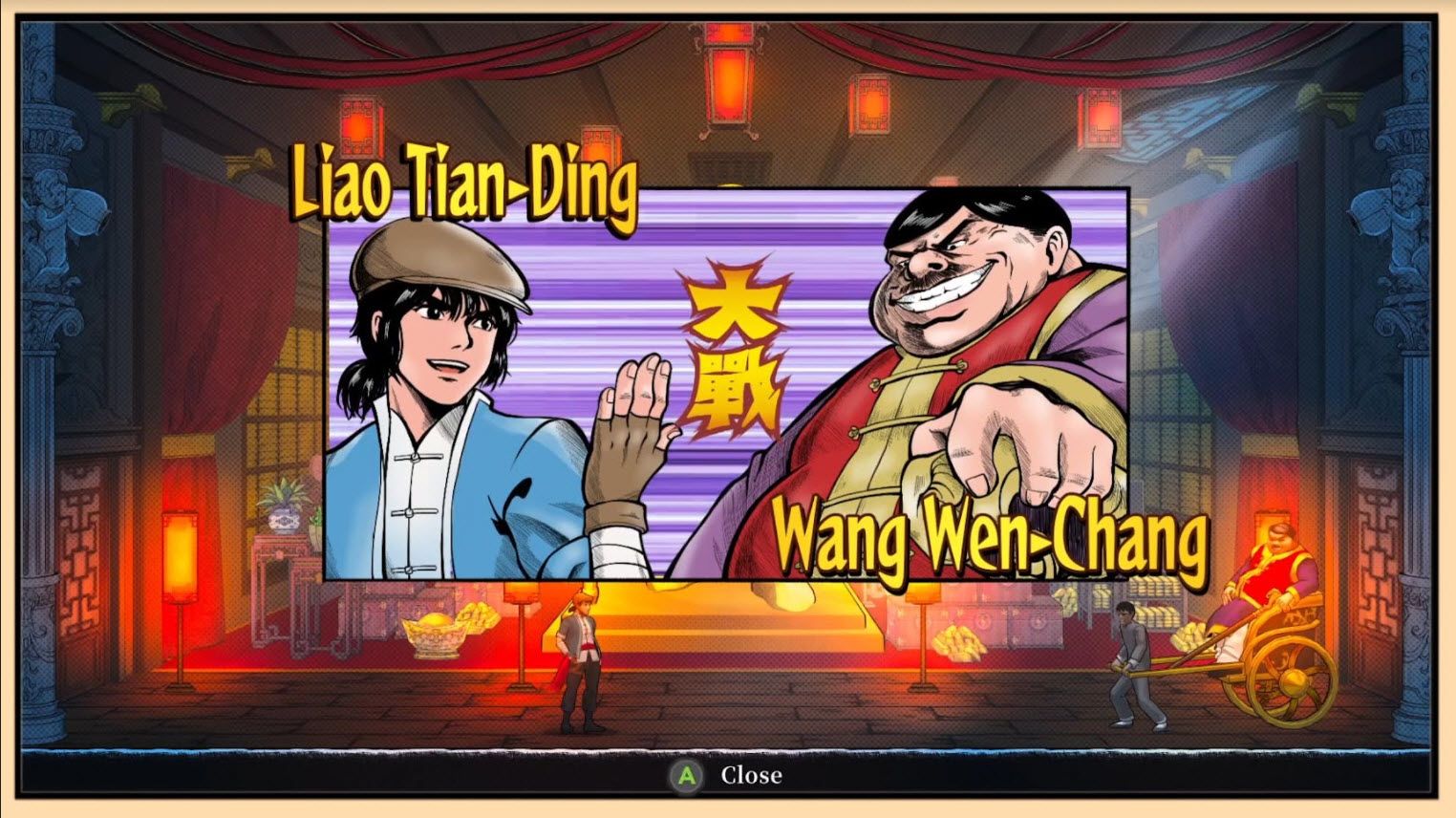
Once the mission begins, the player must traverse a series of platforming sections, avoid obstacles and fight the enemies that roam the area. On “wanted outlaw” difficulty, the gameplay flows fast; the platforming is very simple and the combat easy. This game doesn’t properly punish the players’ mistakes with one exception: boss battles. They are not too challenging but are certainly a considerable spike in difficulty and also make things more interesting combat-wise. The bosses have a variety of attack patterns and potential damage that they can dish out. If you’re careless, you may die a couple of times before defeating a boss.
Visuals
The Legend of Tianding is made entirely in 3D using the Unity engine. The graphics use art and filters to look like a playable Chinese manga, and it looks beautiful. The technology may be rudimentary, but the amount of care put into its art style and animations is something truly admirable. Dadaocheng comes to life with lots of NPCs prowling the streets. The main characters’ models are well rendered and animated with a high number of frames. This is especially the case with bosses. The game runs flawlessly in 1080p resolution and at 60 frames per second. There’s no visible option to run the game in 4K resolution or go past the 60FPS cap. This will disappoint some but who knows? Maybe CGCG will implement this option in a future patch.
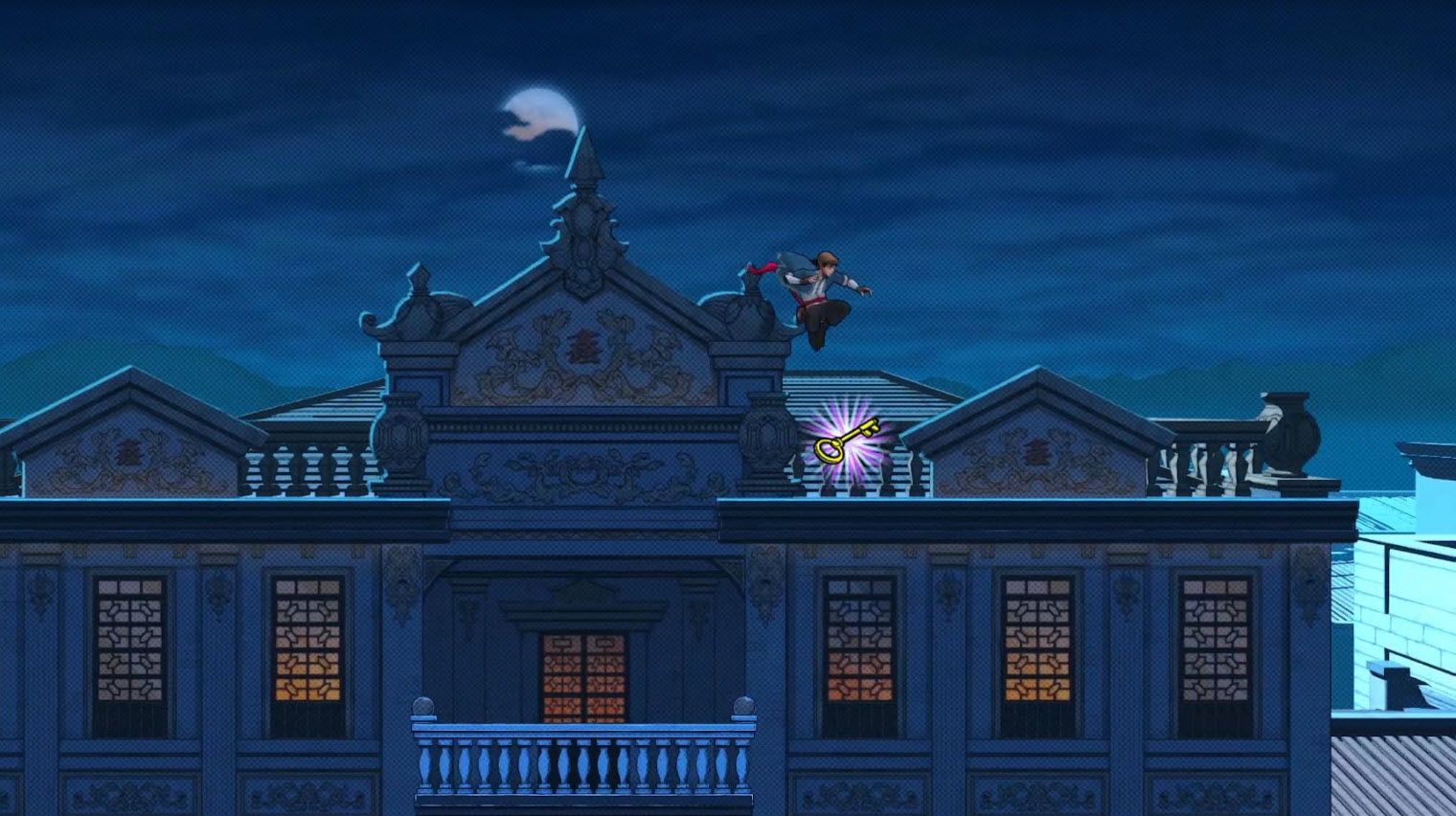
Audio
As one might expect, the music and sound effects used are all thematically Chinese. While exploring Dadaocheng, the music is calm and fitting of a small city. When completing missions or fighting bosses, the music changes to tunes that are more fitting of an action scene. The sound effects are simple, but at least they aren’t overused stock effects as can be seen in a number of indie games.
Overall
I had a lot of fun with The Legend of Tianding. It’s a great action game and a nice surprise. I definitely want to see what CGCG and developers from other countries can deliver next time. Games like this certainly give another meaning to the term “indie game”.
Capsule Computers review guidelines can be found here.


